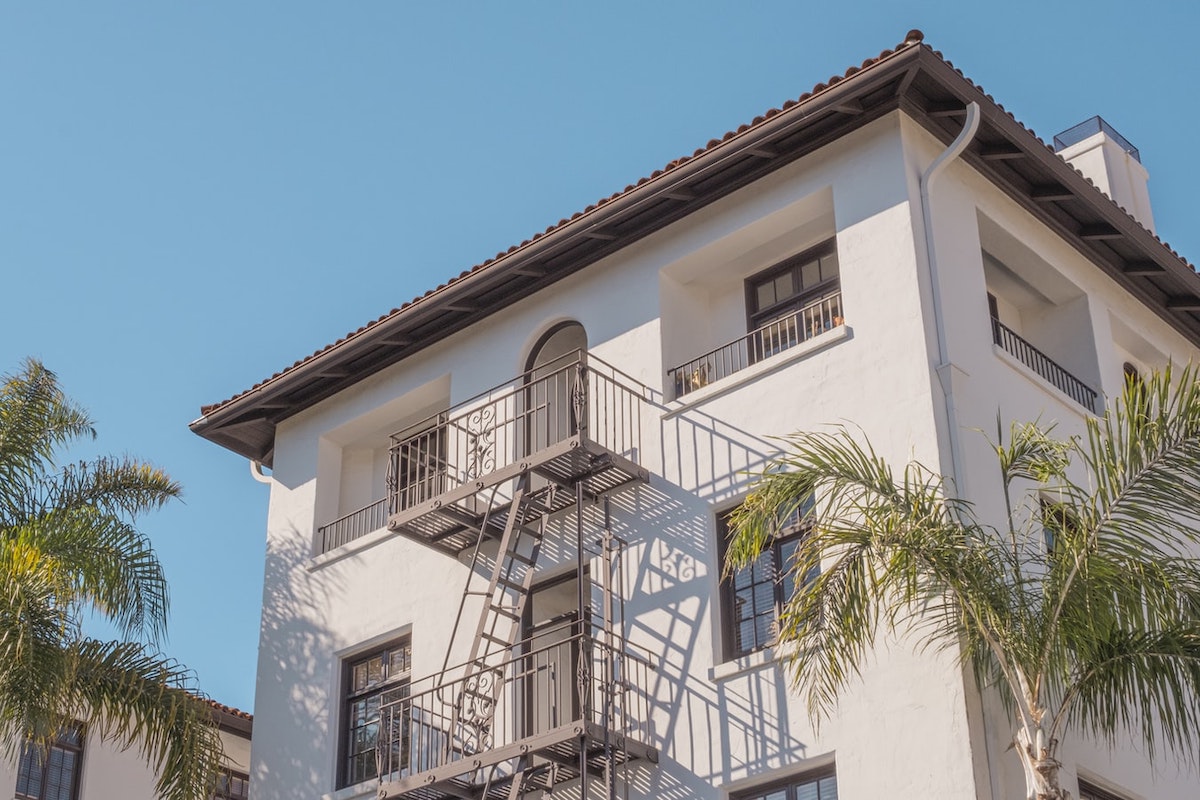Is Santa Barbara Skyline Going Sky High?
New Proposals for Affordable Rentals Sparks Debate

FAR OUT: For what was a unanimous vote, it was about as disagreeable as things could get.
Little wonder.
The hot debate at this week’s Santa Barbara City Council was over housing. Specifically, it was over proposed development rules designed to entice private developers to build rental housing on State Street — and throughout the whole central business district — with unprecedented earnestness. In exchange, we are promised, 10-15 percent of those new units will be made “affordable” to moderate-income households. In the process, we are told, Santa Barbara’s long-struggling urban core will be re-galvanized as hundreds — if not thousands — of new residents begin to live, breathe, work, play, shop, and pray downtown 24/7.
It’s an intoxicating image.
The downside here — and it’s a whopper — is that these new rules, known cryptically as the Floor Area Ratio (FAR) approach to development, would all but certainly blow the roof off the city’s existing skyline. The current height limit of 48 feet? Kiss it good-bye. Try 60 feet instead, perhaps even more.
It should be noted that these same changes are also proposed for outer-State Street by La Cumbre Plaza, and the Milpas corridor, though not as dramatically as downtown.
Nobody really knows whether these proposed changes can deliver as promised or if they are just magical thinking. State Street real estate could prove so expensive that no inducement will be enough to bring new housing affordable to anyone but the very rich. To find out, the council voted to hire an economic consultant.
The down-and-dirty this Tuesday night was over what baseline — in terms of expanded density and height allowances — the economic report should include as its starting point. If that sounds mind-numbingly arcane, that’s because it is. But it also reflects a profound schism within the council as to how hard, how fast, and how aggressively City Hall should gamble with its “small-town charm” and all the subtle things that “make Santa Barbara Santa Barbara” in hopes of getting rental housing.
Leading the pedal-to-the-metal faction were councilmembers Meagan Harmon and Michael Jordan, who argued the inducements didn’t go nearly far enough. Leading the go-slow approach were councilmembers Kristen Sneddon, Eric Friedman, and Oscar Gutierrez. In the beginning it appeared Sneddon was outnumbered, but when Gutierrez weighed in on behalf of skylines, she won the day on Tuesday night.
For the record, everyone says they love the FAR approach. In theory, it’s simpler, it’s clearer to all sides, and it allows for more square feet and more units of rental housing than current rules would otherwise allow.
Imagine a 10,000-square-foot downtown lot; a one-story structure built lot-line-to-lot-line would have a FAR of 1. The same lot built out four stories high would have a FAR of 4. (A typical single-family home has a FAR of .25; a typical apartment complex is a .5.) To encourage the development of rental housing, the plan is to assign certain neighborhoods, such a downtown and outer State, higher allowable FARs.
And to ensure that at least some of the new rentals are affordable — unlike previous planning efforts to encourage the development of rental housing — the council would actually require 10-15 percent of the new units produced be rented to moderate-income households.
If the 99-cent store on lower State Street were assigned a FAR of 2.8, for example, it would be able to add 56 rental units under the FAR scheme. Under the existing rules, that same property could add only 20 rentals.
The reality is that no lots can be developed lot-line-to-line. There are set-back and open-space requirements. Given that, the only way to achieve what’s promised by a FAR is to build up. If downtown were assigned a 4 on the FAR scale — as Harmon and Jordan pushed for — then developers would have to build at least five stories to realize the full potential of that designation. And that would clearly exceed the 48-foot limit now in place.
If instead, downtown were to be designated a 3 — as it provisionally has been under the unanimous compromise Sneddon secured — that opens the door to four story construction. Although that’s technically allowed already, few developers are willing to absorb the costs and risks of such expansions. But with the new inducements offered by the FAR approach, that could change.
If you walk up State Street from the ocean to Victoria Street, you would pass only 12 buildings higher than two stories. That detail was delivered by Planning Commissioner Sheila Lodge, an avowed skeptic where the virtues of FARs are concerned. However charged politically, that’s a useful baseline for the level of change downtown could experience.
Likewise, Lodge noted that a recent survey conducted by the Santa Barbara Chapter of the American Institute of Architects — filled out by 4,500 people — found 54 percent of respondents wanted development limited to three stories on State Street, 29 percent were comfortable with four, and only 18 percent were okay with more than that.
No one said it was easy. Santa Barbara’s housing market is — as everyone already knows — certifiably crazy making. One speaker — a supporter of more housing now — recounted that 120 people applied for a studio apartment a friend recently listed for rent. “Scarcity makes applicants behave like supplicants,” he noted. How many stories up must be allowed for such development to be deemed “feasible.” How many affordable units can be secured and at the cost of how many mountain views?
The answer to all these questions, we are told, will be delivered by an economic consultant for whom the hiring process is about to start. The budget for this consultant, we are told, is $60,000, and the report, we are also told, should take two months to prepare.
Good luck. We’ll all need it.



